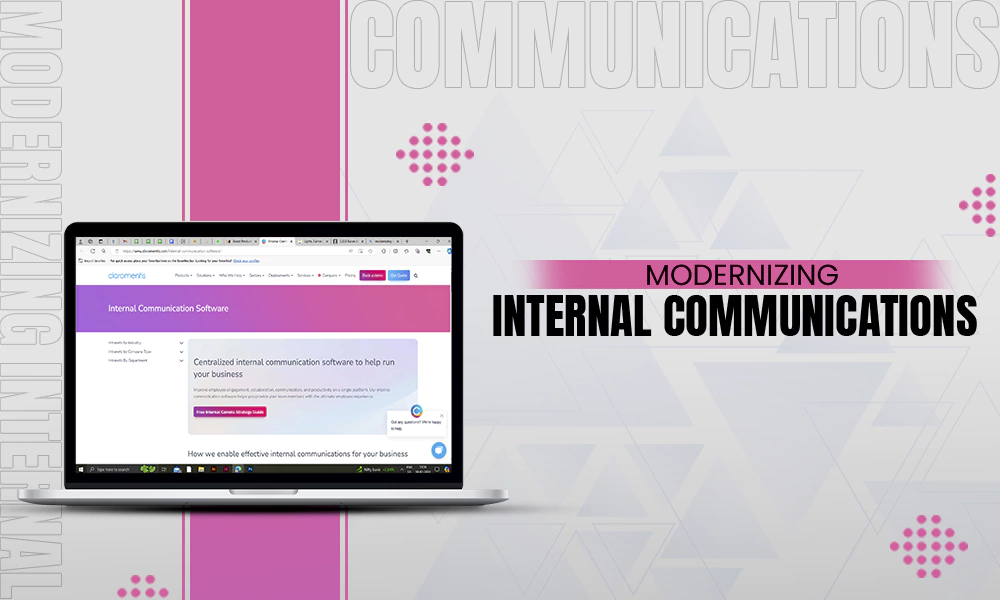Know Your Hybrid Work Models (Types)

The coronavirus pandemic has led to changes in the way people work. Adjusting to remote work was hard for many people. Eager to return to the office, their hopes were dashed when new variants of the virus emerged and they had to adapt quickly to the changing realities or be left out.
Since the coronavirus pandemic still hasn’t ended despite international efforts to vaccinate as many people as possible, companies have started coming up with alternative solutions. Some of these include hybrid models to make work more flexible for employees and employers.
This article aims to elaborate on the various hybrid work models to give you a detailed understanding of what each model entails. Thankfully, we have the technological wherewithal to work from anywhere, office, home, or any remote location.
However, there are still many pros and cons to each of these models.
Read on for more details.
1) Fully Flexible:
Employees working in a fully flexible hybrid model have the freedom to decide when they want to work from the office or home. This model allows people to map out their schedules according to their convenience. Many companies across the world have adopted this model to allow their employees more freedom over their approach to work.
However, this model doesn’t come without its own set of challenges, and the work requirements may differ for different individuals. Especially for the digital professionals who might need various tools and do collaborative deliberations with clients and colleagues while working on projects. For instance, digitalsupermaket.com is a digital solutions provider that provides various solutions, from web building, hosting, to offering cloud and CRM services. To integrate these multiple offerings in a seamless manner, the teams at the company must be able to work collaboratively, which means that full flexibility might not be ideal.
Similarly, there is always the problem of building coordination between co-workers. For instance, if two people are collaborating on a project and both of them need to be present on-premise for better coordination, their scheduling differences may make it hard for them to do that.
Therefore, certain challenges are always there. Of course, there are solutions to many of these problems, but any strategy in this regard must be well thought out.
2) Somewhat Flexible:
This model is somewhat similar to the previous one. Instead of giving employees the option of choosing to work according to their own schedule, the options are limited here. This model limits the employees’ ability to work according to their preferences, rather the options are laid out to be chosen.
Within this model, the company offers a variety of options to the employees. Usually, there is a mix of in-office and remote days of the week according to this model. Employees can choose to work a particular or set number of days—chosen by themselves—of the week from the offices, while the rest of the week, they’re free to work remotely.
The schedule reflects the company’s requirements for keeping certain numbers within the office on some days of the week to justify overhead costs and fulfill some business obligations that cannot be catered to while working from home.
Another reason employers may adopt this model is that there may be strict government-issued guidelines that might obligate them to shift the majority or some of their workforces to remote work.
This model has its pros and cons too. The greatest disadvantage here is that employees lack the flexibility of working to their own schedules. On the other hand, the greatest benefit of this model is the way it allows teams to work collaboratively since the schedule mismatch is little to non-existent.
If the schedule is created with workflow in mind, the options offered to the employees are designed in such a way so as to ensure unhindered workflow, with essential employees working from the office at all times.
3) Fixed Days:
So, we’re past the models that allow employees the decision to create their own schedules. This one is different from the other two in various other aspects, apart from the fact that this too is hybrid. So, instead of letting employees choose themselves, the company makes the decisions on their behalf.
In this model, employees have to show up for in-office work on certain days. The company decides this schedule in line with its own requirements. Various factors can influence the company’s decision in opting for this model.
These factors could include collaboration and brainstorming. Therefore, a company may divide the days between teams to ensure that employees collaborating on the same project are all present on certain days of the week.
Besides the obvious cons, the pros favor the company. Since the company already has its objectives in mind, it can choose to schedule employees’ presence in any way that benefits its workflow. This model has been adopted by various companies across the globe, especially those that aren’t too keen on going all-in on the remote work idea.
4) Collaborative Space:
For companies that achieve their targets easily through remote work, office space can seem unnecessary. However, considering those zoom meetings can be tedious and people, being the social creatures that they are, need physical space to meet, many companies have retained semblances of office spaces, especially meeting rooms, under this model.
While the employees who are working remotely do most of their tasks online. Most of these make use of collaborative tools to create, assign and review tasks for a smooth workflow. But there are moments when meetings are required for brainstorming or discussing a new strategy. For these meetings, some companies maintain office spaces, and people are only required to come to the office on these occasions.
This model is very effective for companies that have a seamless remote workflow. It not only allows people to work from home but also leaves it open for the employees to decide whether they want to work from the office or spend time with colleagues.
These interactions can be healthy for employees that would otherwise consider their co-workers to be nothing more than digital entities owing to the absence of physical meetings. Many companies have either shifted to this model or are considering making the move soon.
Final Thoughts:
There are many other hybrid models for remote work, with some companies even putting their own spin on hybrid work. These models are innovative solutions to the problem of how to continue work amidst a deadly pandemic. The models have succeeded in keeping businesses running, despite lockdowns, and have kept unemployment to a minimum. They also lead to economic growth at a time when many countries had no choice but to grapple with the crawling pace of production due to the pandemic-induced lockdowns.
Furthermore, these models have allowed people to manage their time and save fuel and commute costs. Besides, if a company goes with a model wherein half the workforce is always working remotely, it can help it save on overheads. Therefore, if implemented in the right way, hybrid work can be a win-win solution for both employees and the management.










